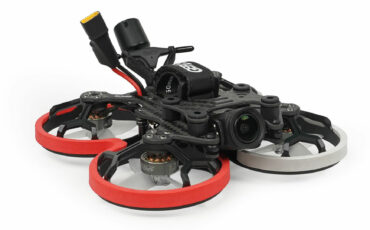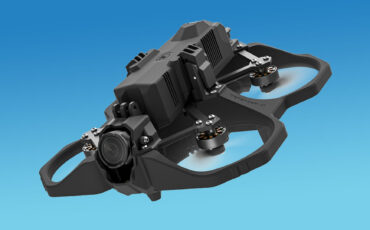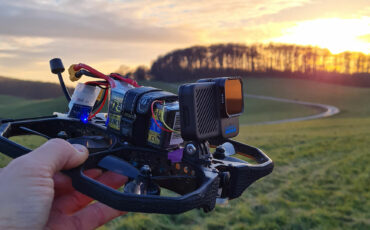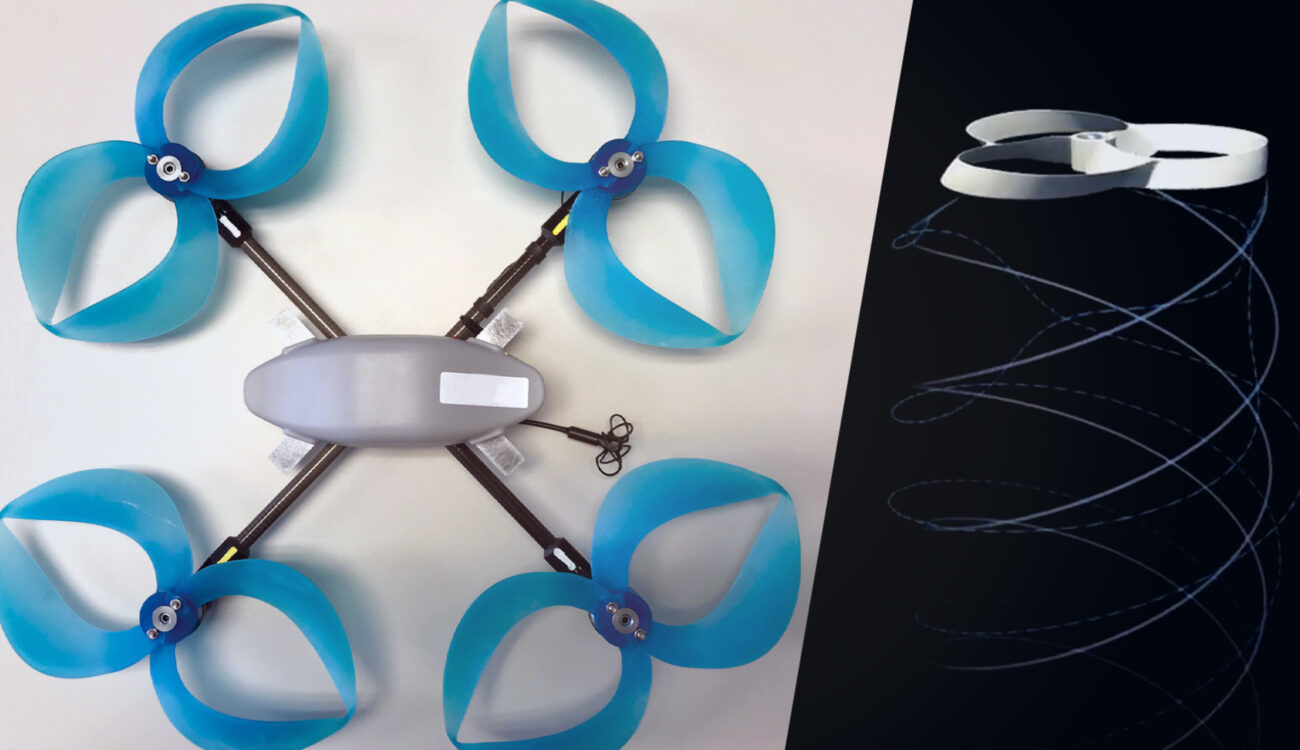
Researchers at MIT have designed propellers in a new shape that makes them much quieter and more efficient. Dubbed “toroidal propellers”, this new, twisted-doughnut-shape eliminates the high-pitched noise associated with drones without adding weight or increasing power consumption. Propeller designs haven’t changed much since the Wright Brothers first took to the skies in 1903, so let’s look at what makes this new development so special.
The first version of the propeller arguably dates back to 200 BC when Archimedes created the water screw. Countless inventors over the centuries, including Leonardo DaVinci, have worked on propeller designs. However, despite their impressive advancements in materials, blade shapes, and efficiency, the basic design of the propeller has more or less remained the same.
The toroidal propellers work along the exact same principle as traditional propellers, but with a closed-form blade structure where the tip of one blade curves back into the other. As stated by the researchers at MIT’s Lincoln Laboratory, this design “minimizes the drag effects of swirling air tunnels created at the tips of blades and strengthens the overall stiffness of the propeller.”
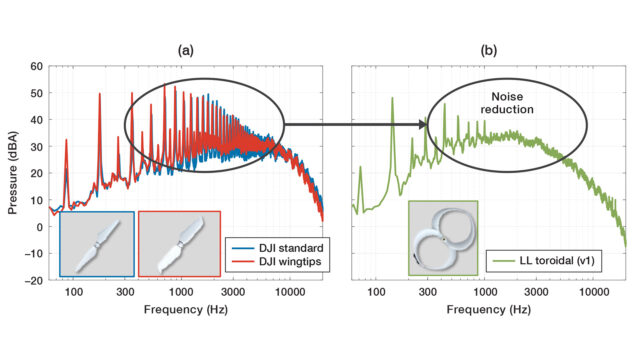
In effect, it reduces that extremely annoying high-pitch drone noise and creates a rushing breeze sound that is more tolerable to the ear.
Canon R5 C Ultimate Video Manual
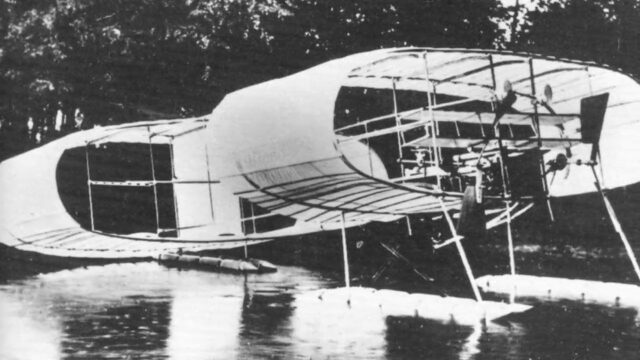
“Back when people were coming up with all kinds of crazy ideas for airplanes in the early 1900s and during World War 2, there were a couple of designs that were basically these ring wings. So I wondered what it would look like if you took a ring wing and turned something like that into a propeller.”
Thomas Sebastian, a senior staff member in the Lincoln Lab’s Structural and Thermal-Fluids Engineering Group.
In their paper, the team points to psychoacoustic experiments conducted in 2017 by NASA Langley Research Center. These experiments concluded that humans are more sensitive to the high-pitched sound of drones than other traffic. Quieter propellers, they maintain, would expand the public’s willingness to tolerate commercial drones and thus lead to an expansion of the industry.
Toroidal propellers’ key features
- Decreases signals in the frequency range to which humans are most sensitive
- Reduces noise without requiring supplementary components that add weight and increase power draw
- Lessens the likelihood that the spinning propeller will cut, catch, or clip objects or surfaces in the drone’s path
- Achieves thrust comparable to that of a multirotor drone propeller
- Allows reliable fabrication with additive manufacturing techniques that make it possible to customize the propeller for various multirotor models and types
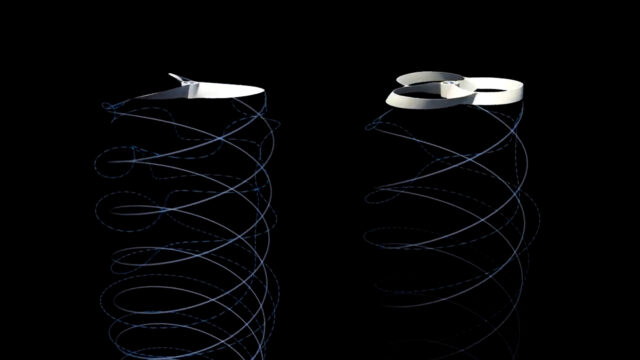
There are several benefits for these new propellers in filmmaking. For starters, drones will be able to get closer to talent without as much impact on the recorded sound. The drones are quieter and also produce sound at a frequency that is easier to scrub out in post. And, the closed-loop design should make for a stronger product and help minimize propeller damage following a crash.
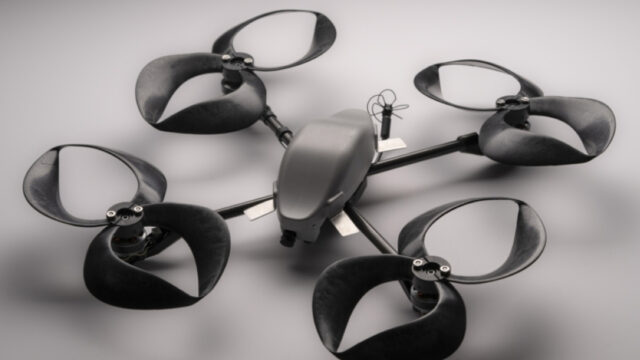
Their research didn’t indicate that these new propellers require any special firmware update to the drone itself. Therefore, I suspect we’ll start seeing these in the skies very soon and hopefully that irritating drone sound will be a thing of the past.
The research conducted by the team at MIT’s Lincoln Laboratory won them the R&D 100 Award for 2022, so props to them! If you would like to learn more about these new toroidal propellers, check out the innovation highlight publication from the researchers at MIT.
What do you think about these new and quieter toroidal propellers? Do you think you’d use them on your drone? Let us know in the comments below.



